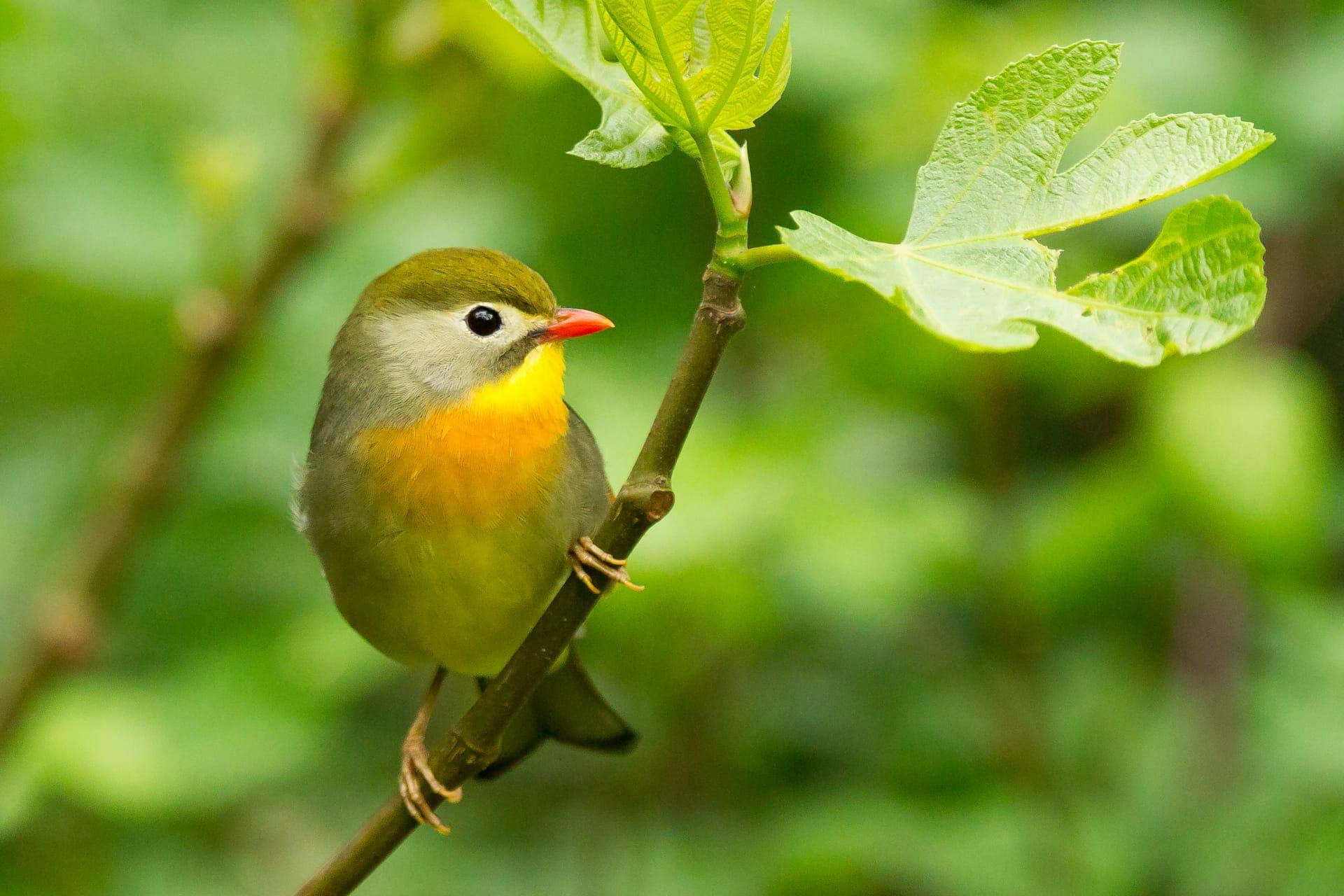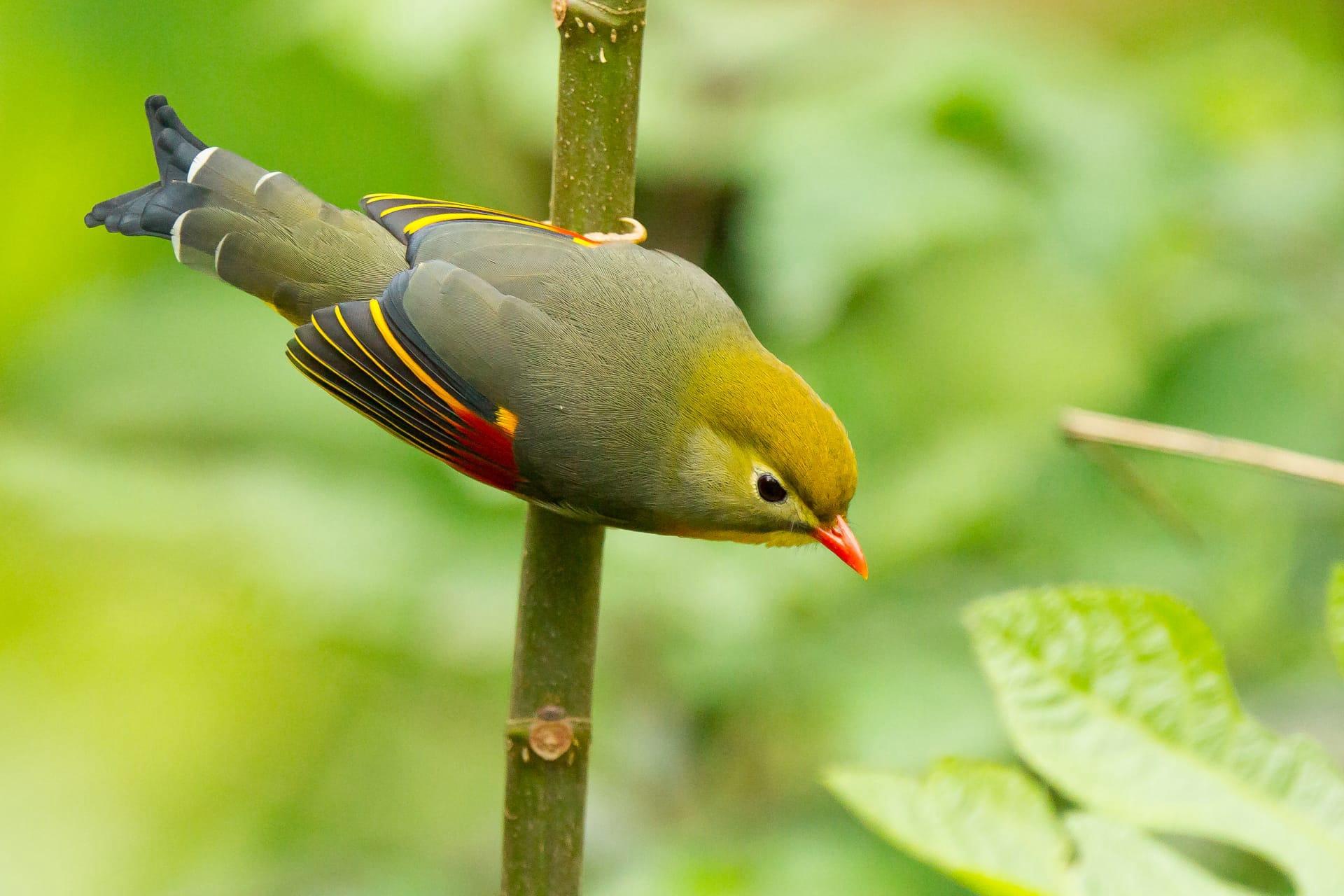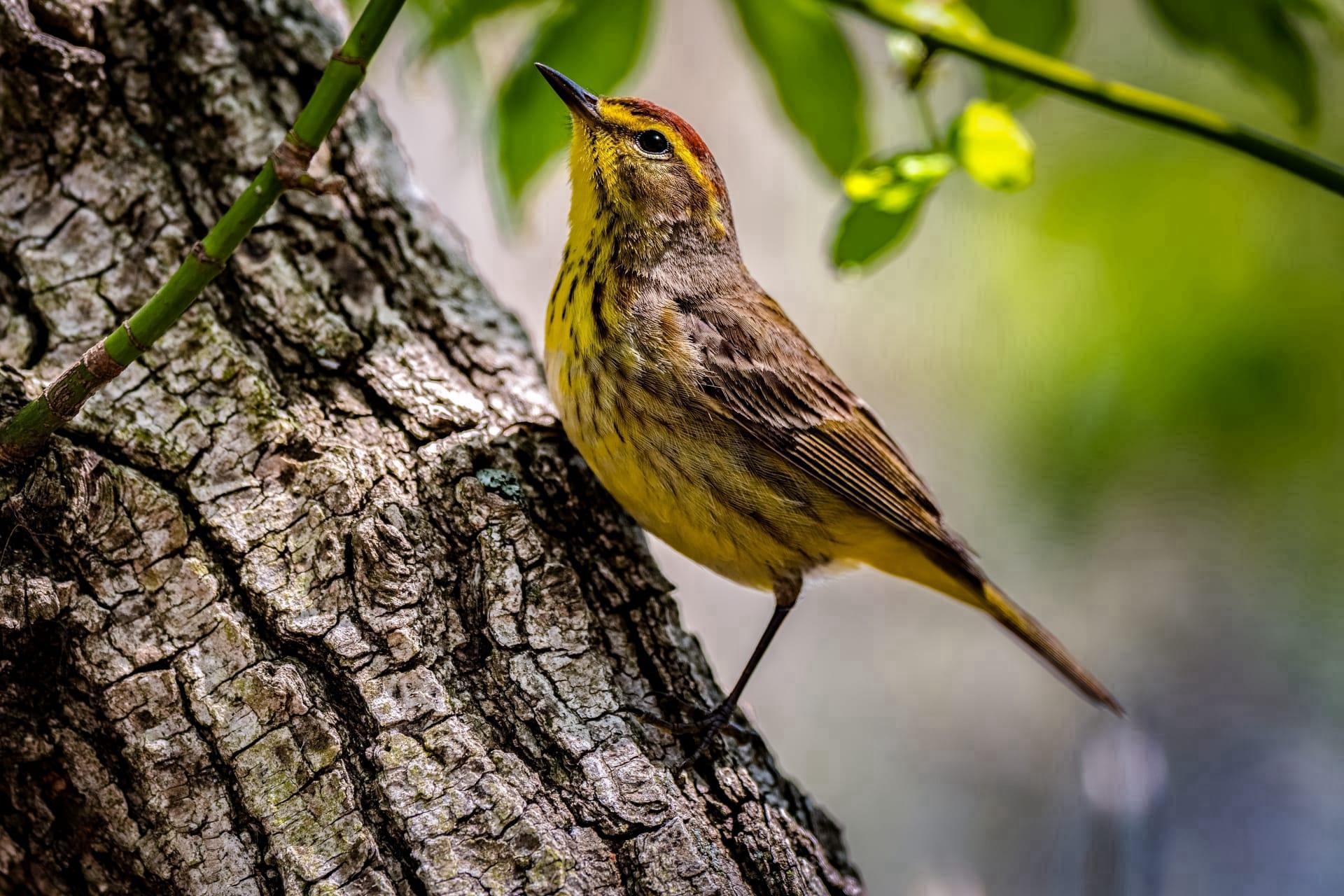Tanager Trivia
- Home /
- Trivia Question /
- Animal /
- Tanager Trivia
1
Question: What makes the plumage of Tanagers so vibrantly colored?
Answer: Tanagers are renowned for their brilliantly colored feathers, which result from a combination of unique pigments and the microscopic structure of their feathers. These pigments, called carotenoids, are acquired through their diet, primarily from fruits and insects. Interestingly, the way light refracts off the feather structure can also enhance the intensity of the colors, making them appear even more vivid in sunlight.
Question: How many species of Tanagers are there, and where are they primarily found?
Answer: There are about 240 species of Tanagers, making them one of the largest families of birds. They are predominantly found in Central and South America, with the greatest diversity in the Amazon basin. These birds inhabit a range of environments from lowland tropical forests to high Andean mountain areas. Some species, like the Scarlet Tanager, migrate to North America during the breeding season, adding a splash of color to the northern landscapes.

2
Question: Do all Tanagers eat only fruits?
Answer: While it's a common misconception that Tanagers are strictly frugivorous, their diet is actually quite varied. Many species do feast on fruits, but they also consume insects, nectar, and, in some cases, even small vertebrates. This varied diet helps them meet their nutritional needs and is particularly important for breeding females and growing chicks, who require more protein.
Question: Are Tanagers solitary birds?
Answer: Contrary to what some might think, Tanagers are not solitary birds. They are often seen in mixed-species flocks, especially outside the breeding season. These flocks can include various species of Tanagers, as well as other birds, and are a strategy to increase foraging efficiency and reduce the risk of predation. During the breeding season, however, many Tanager species become more territorial and may be seen in pairs or small family groups.

3
Question: How do Tanagers communicate with each other?
Answer: Tanagers have a range of vocalizations and visual signals for communication. Their songs and calls vary widely among species, used for attracting mates, signaling danger, and maintaining contact within flocks. Visual displays are also important, especially during mating rituals, where males often show off their bright plumage and perform specific flight patterns to impress potential mates.
Question: What role do Tanagers play in their ecosystem?
Answer: Tanagers are vital to their ecosystems, primarily as seed dispersers and as part of the food chain. By eating fruits and then excreting the seeds in different locations, they help in the propagation of various plant species. Additionally, as they feed on insects, they assist in controlling insect populations. Tanagers themselves are prey for larger birds, mammals, and snakes, thus contributing to the biodiversity and balance of their habitats.

4
Question: Can Tanagers be found in urban areas?
Answer: Yes, some Tanager species have adapted to urban environments and can be found in city parks and gardens. These adaptable birds take advantage of the abundance of ornamental fruit trees and bird feeders in urban areas. However, not all species are equally adaptable, and habitat loss due to urbanization remains a significant threat to many Tanager species.
Question: How long do Tanagers typically live?
Answer: The lifespan of Tanagers varies among species, but on average, they can live between 4 to 12 years in the wild. Factors influencing their lifespan include predation, habitat quality, availability of food, and environmental stresses. In captivity, with proper care, some Tanager species have been known to live longer, up to 15 years or more.

5
Question: Do Tanagers migrate, and if so, how far do they travel?
Answer: Some Tanager species are migratory, notably those that breed in North America, like the Scarlet Tanager. These birds undertake long migrations between North and South America, traveling thousands of miles each year. The migratory routes and behaviors vary among species, with some traveling at night and others during the day, often using mountain ranges and coastlines as navigational guides.
Question: Are Tanagers monogamous, and how do they raise their young?
Answer: Many Tanager species are monogamous, at least for a breeding season. During this time, both parents participate in nest building, with the female typically constructing the nest. The nests are usually cup-shaped and built in trees or shrubs. Both parents also engage in feeding and protecting the chicks. The young are altricial, meaning they hatch in an undeveloped state and require significant parental care before leaving the nest.